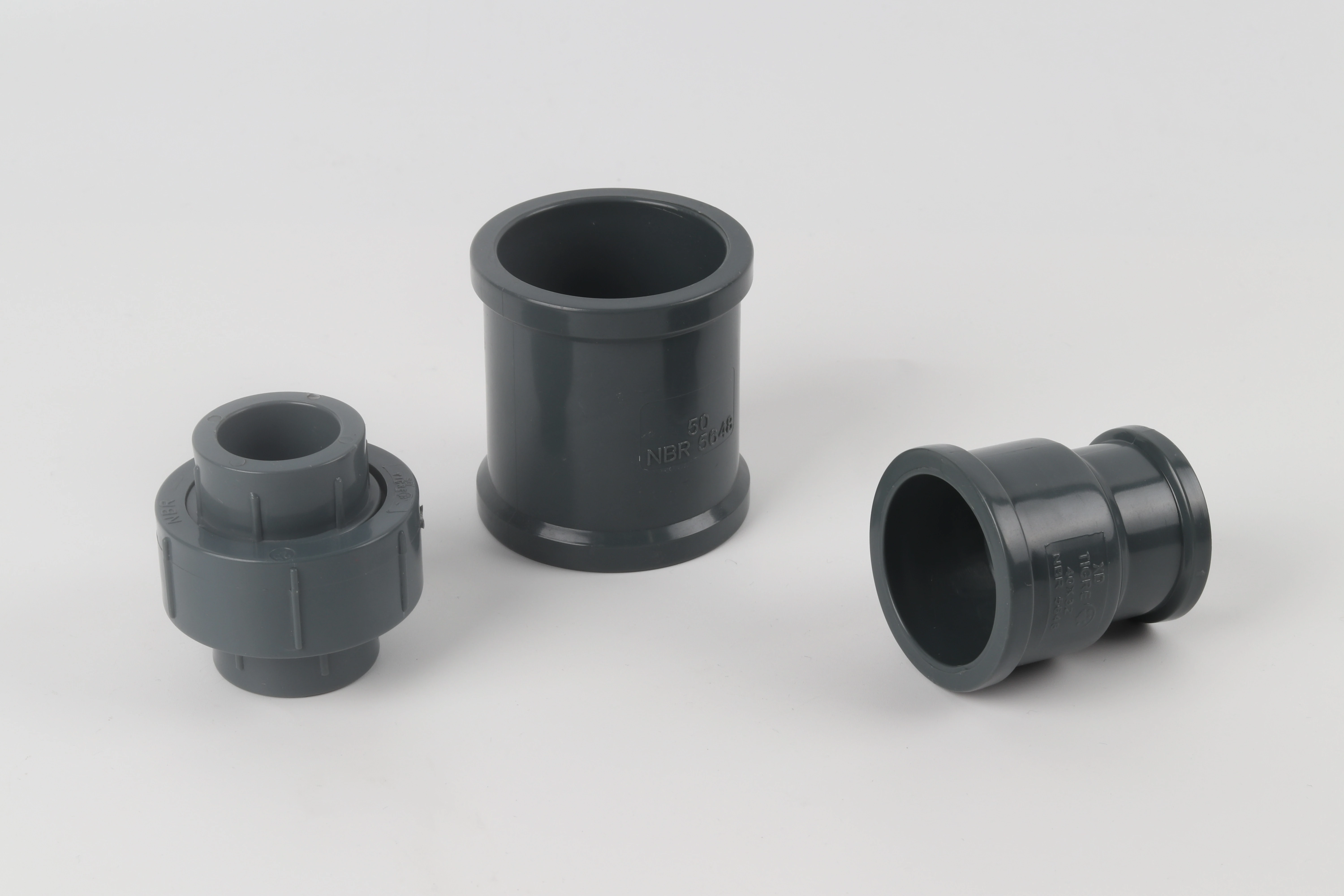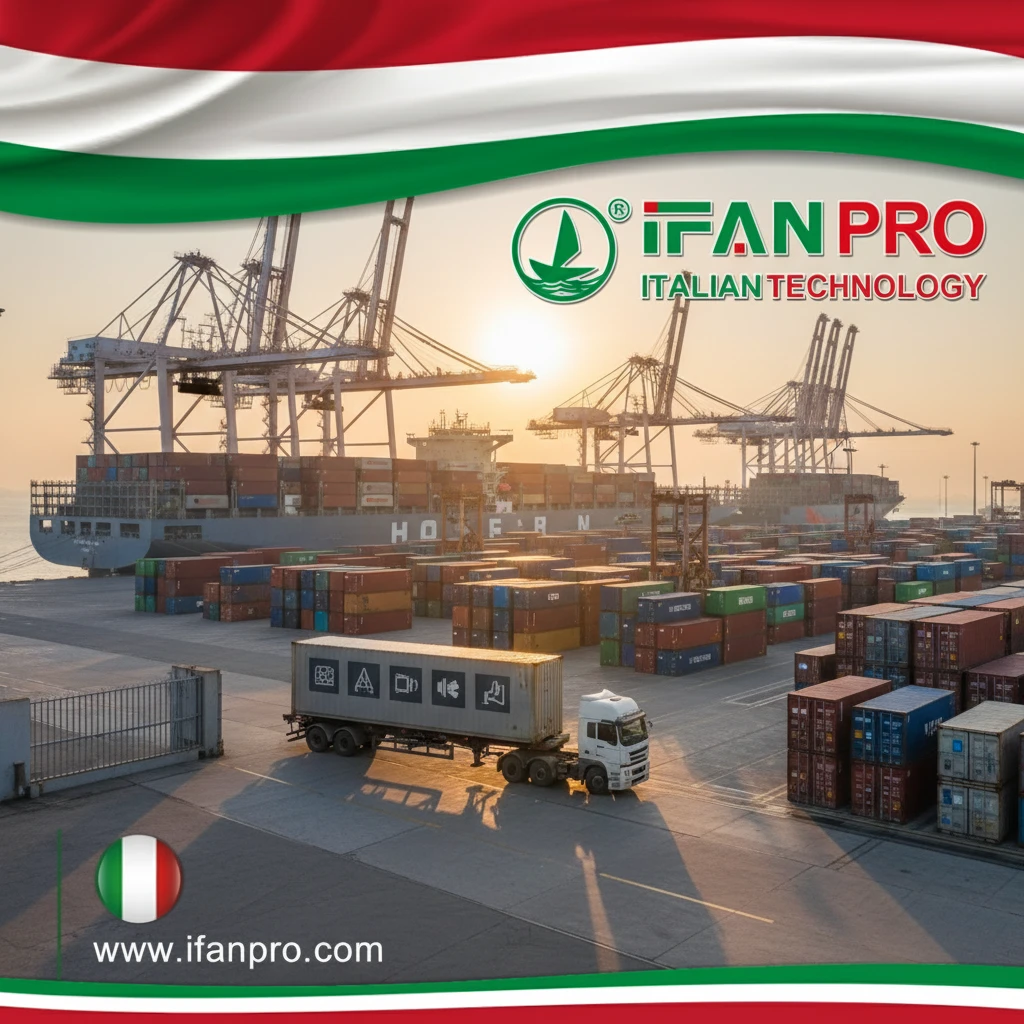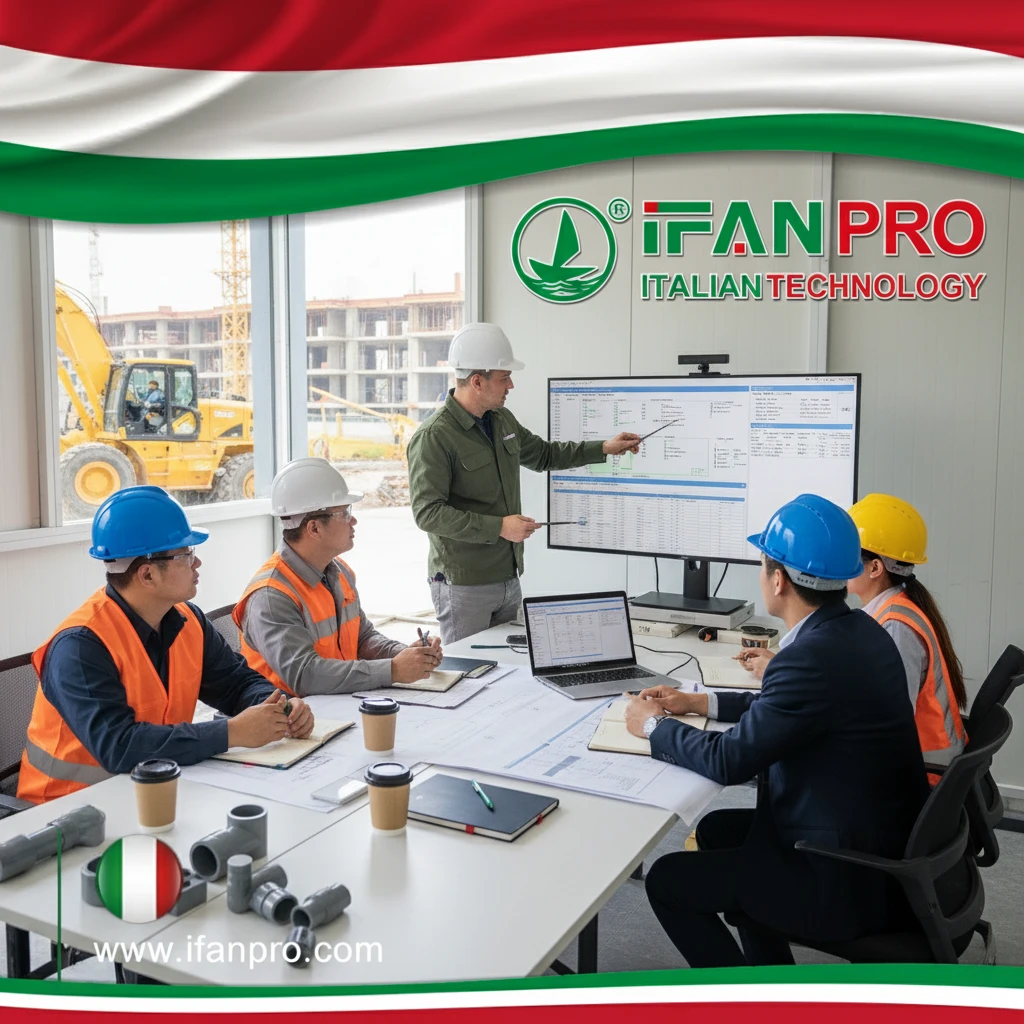During a residential drainage project last year, I watched a contractor struggle with rigid PVC pipes on a curved landscape drainage path. The subsequent switch to corrugated pipes not only saved hours of labor but also created a more effective drainage system. This experience highlighted how each pipe type serves distinct purposes in drainage applications.
PVC pipes provide superior structural strength and longevity for permanent, high-flow drainage systems, while corrugated pipes offer flexibility and easier installation for temporary or curved applications. Your choice depends on load requirements, installation complexity, budget constraints, and specific drainage needs, with each option excelling in different scenarios.
Understanding the strengths and limitations of both materials ensures optimal drainage performance and cost-effectiveness. Furthermore, recognizing application-specific advantages helps prevent costly installation errors. Let’s examine the key factors that should guide your drainage pipe selection.
How Does PVC Pipe Durability Compare to Corrugated Pipe Under Pressure?
After a severe storm caused multiple drainage system failures in our community, I inspected both PVC and corrugated installations. The PVC systems remained intact while several corrugated pipes had collapsed under soil saturation pressure, demonstrating the critical durability differences between these materials.
PVC pipe maintains structural integrity under heavy loads and pressure due to its rigid construction and higher crush resistance, while corrugated pipe’s flexible design requires proper installation and bedding to prevent deformation. PVC typically withstands 4-6 times greater pressure loads than corrugated alternatives of equivalent diameter.

Load-Bearing Characteristics
The structural performance differences significantly impact application suitability. PVC’s rigid construction enables it to resist soil pressure and surface loads without deformation, making it ideal for deep burial applications and areas with vehicle traffic. Its smooth interior maintains consistent flow capacity even under maximum load conditions.
Meanwhile, corrugated pipes rely on proper installation to maintain their shape under pressure. While their flexible design can accommodate minor soil shifts, they require carefully compacted bedding and surround material to prevent ovalization or collapse. Under ideal conditions, dual-wall corrugated pipes provide substantial load-bearing capacity, though still less than equivalent PVC pipes.
Long-Term Performance Factors
Durability extends beyond initial load capacity to long-term performance. PVC demonstrates exceptional resistance to environmental stress cracking, maintaining its properties for 50+ years in most soil conditions. It withstands a wide pH range (2-12) without corrosion or degradation, unlike metal drainage alternatives.
Corrugated pipes (typically HDPE) offer excellent chemical resistance but may be vulnerable to stress cracking if improperly manufactured or installed. Their primary long-term advantage lies in flexibility, which accommodates ground movement and freeze-thaw cycles better than rigid PVC. However, this flexibility comes with reduced structural stability over time.
Application-Specific Durability Requirements
Consider these load-bearing guidelines for different applications:
| Application | Recommended Pipe | Minimum Crush Strength | Key Considerations |
|---|---|---|---|
| Under driveway | Schedule 40 PVC | 2,200 lbs/ft | Rigidity prevents deformation |
| French drain | Corrugated (dual-wall) | 1,200 lbs/ft | Flexibility follows terrain |
| Foundation drainage | PVC | 1,800 lbs/ft | Permanent installation |
| Landscape drainage | Corrugated (single-wall) | 600 lbs/ft | Easy installation, cost-effective |
Which Installation Factors Make Corrugated Pipe Easier to Handle Than PVC?
While supervising a sports field drainage project, our crew installed 400 feet of corrugated pipe in the time it would have taken to install 150 feet of PVC. The flexibility and lightweight nature of corrugated pipe dramatically reduced labor requirements and equipment costs.
Corrugated pipe installs faster due to its flexibility, lightweight construction, and ability to curve around obstacles without fittings. A two-person team can typically install corrugated pipe 2-3 times faster than rigid PVC, with significantly less equipment and preparation required for successful installation.
Handling and Maneuverability Advantages
Several installation factors favor corrugated pipes in appropriate applications. First, their flexibility allows installation along curved paths without multiple fittings or precise measurements. This eliminates the complex calculations and custom cutting required for curved PVC installations, significantly reducing installation time and potential error points.
Second, the lightweight nature of corrugated pipes makes manual handling practical without heavy equipment. A 100-foot coil of 4-inch corrugated pipe weighs approximately 25 pounds, while equivalent PVC would weigh over 80 pounds and require multiple joints. This weight difference translates to smaller crews and reduced physical strain.
Installation Process Comparison
The installation processes differ substantially between pipe types. PVC installation requires precise trench preparation with consistent grade and bedding, multiple measurements and cuts for each section, solvent welding or gasket assembly for each joint, and careful backfilling procedures to prevent point loading and potential damage.
Conversely, corrugated pipe installation involves simpler trench preparation with more tolerance for irregularities, unrolling continuous lengths without joints for long runs, simple slicing for connections to fittings or structures, and straightforward backfilling with less concern about precise compaction sequencing.
Equipment and Labor Requirements
The resource differences significantly impact project planning:
| Installation Factor | PVC Pipe | Corrugated Pipe | Practical Impact |
|---|---|---|---|
| Crew size | 3-4 people | 2 people | Lower labor costs |
| Equipment needs | Power saw, joining tools | Utility knife, minimal tools | Reduced equipment investment |
| Joints per 100 feet | 8-10 joints | 0-2 joints | Fewer potential leak points |
| Installation speed | 15-20 ft/hour | 40-60 ft/hour | Faster project completion |
What Cost Differences Exist Between PVC and Corrugated Drainage Systems?
When budgeting for a large-scale agricultural drainage project, we discovered that while corrugated pipe offered 40% lower initial material costs, the long-term maintenance requirements actually made PVC more economical over the 20-year project lifespan. This realization changed our cost analysis approach for all subsequent projects.
Corrugated pipe typically costs 30-50% less than PVC for materials but may incur higher long-term maintenance expenses. The total installed cost difference narrows significantly when considering labor savings with corrugated pipe, making project scale, accessibility, and expected lifespan critical factors in determining the most economical choice.
Initial Cost Analysis
Material and installation costs vary significantly between systems. For materials, corrugated pipe costs approximately $0.50-$1.00 per linear foot versus $1.50-$3.00 for equivalent PVC, creating substantial initial savings. However, fittings and accessories for corrugated systems sometimes cost more than equivalent PVC components, partially offsetting the pipe savings.
Regarding installation expenses, corrugated pipe’s faster installation reduces labor costs by 40-60% compared to PVC. Additionally, corrugated systems require less specialized equipment and smaller crews, further reducing project overhead. However, PVC’s joining materials (cement, primers) add minimal cost compared to corrugated pipe’s connection systems.
Lifecycle Cost Considerations
Long-term economic factors often favor PVC in permanent applications. PVC typically lasts 50-100 years with minimal maintenance, while corrugated pipe generally offers a 25-50 year lifespan with greater vulnerability to installation quality and environmental factors. Additionally, PVC’s structural stability prevents deformation that can reduce flow capacity over time, maintaining performance without intervention.
Meanwhile, corrugated systems may require occasional inspection and cleaning due to their corrugated interior surface, which can trap debris. In vulnerable installations, they might need replacement or reinforcement sooner than PVC alternatives. However, their lower initial cost makes replacement more economical than extensive repair of damaged PVC systems.
Cost Comparison by Project Scale
Consider these economic factors for different project types:
| Project Scale | Recommended Pipe | Initial Cost | 10-Year Cost | Rationale |
|---|---|---|---|---|
| Residential yard | Corrugated | $800-$1,200 | $1,000-$1,500 | Lower initial investment justified |
| Commercial property | PVC | $3,000-$5,000 | $3,200-$5,200 | Long-term reliability prioritized |
| Agricultural drainage | Corrugated | $2,000-$4,000 | $2,800-$5,000 | Large area coverage, replacement accessibility |
| Municipal infrastructure | PVC | $15,000+ | $15,500+ | Maximum longevity, minimal maintenance |
When Should You Choose Each Pipe Type for Different Drainage Applications?
After analyzing drainage performance data from 50 installations across various soil types and applications, we developed a decision matrix that has improved project outcomes by 30% through optimized pipe selection. This systematic approach considers multiple factors beyond simple cost comparisons.
Choose PVC pipe for high-load applications, permanent installations, high-flow requirements, and chemical exposure. Select corrugated pipe for curved pathways, temporary systems, limited-budget projects, and applications requiring flexibility. Soil conditions, accessibility, and maintenance requirements further refine the selection criteria for optimal performance.
Application-Specific Recommendations
Different drainage scenarios favor specific pipe characteristics. For residential applications, choose PVC for downspout drainage under driveways and high-traffic areas, while corrugated pipe works better for yard drainage, French drains, and flexible landscape applications where curves are common.
In agricultural and commercial contexts, PVC suits manure systems, chemical runoff channels, and areas with heavy equipment traffic. Conversely, corrugated pipe serves well for field drainage, temporary construction dewatering, and agricultural field drains where flexibility accommodates ground settling.
For municipal and infrastructure projects, PVC is preferred for storm sewer mains, outfall pipes, and permanent drainage systems, while corrugated pipe works for stormwater management under green spaces, edge drains for roads, and projects requiring rapid installation.
Decision Framework
Implement this structured selection process for optimal results:
Step 1: Assess Performance Requirements
Evaluate load requirements based on burial depth and surface use, determine flow capacity needs considering peak water volume, identify chemical exposure potential from soil or runoff, and consider system lifespan expectations and maintenance accessibility.
Step 2: Analyze Installation Conditions
Review site accessibility for equipment and materials, assess terrain complexity and curvature requirements, examine soil conditions and stability factors, and consider climate factors like freeze-thaw cycles that impact pipe performance.
Step 3: Evaluate Economic Factors
Compare initial budget constraints against long-term value, calculate labor cost differences based on installation complexity, project maintenance requirements and associated costs, and consider potential future system modifications or expansions.
Selection Guide for Common Applications
Use this quick reference for frequent drainage scenarios:
| Drainage Application | Recommended Pipe | Key Factors | Alternative Option |
|---|---|---|---|
| French drain | Corrugated | Flexibility, cost, perforation options | PVC with multiple fittings |
| Downspout drainage | PVC | Durability under lawns, root resistance | Corrugated with sleeve |
| Driveway/road crossing | PVC | Load capacity, structural integrity | Heavy-duty corrugated |
| Foundation drainage | PVC | Permanent installation, minimal maintenance | Dual-wall corrugated |
| Agricultural field drain | Corrugated | Cost per foot, installation speed | PVC for main collection lines |
| Stormwater management | PVC (main lines) | Flow efficiency, longevity | Corrugated for branch lines |
Conclusion
Selecting between PVC and corrugated drainage pipes requires evaluating load requirements, installation constraints, budget considerations, and long-term performance expectations. PVC offers superior durability and flow characteristics for permanent, high-load applications, while corrugated pipe provides installation flexibility and cost advantages for curved paths and temporary systems. By matching pipe characteristics to specific project requirements, you can create effective, economical drainage solutions that perform reliably for decades.













Recent Comments